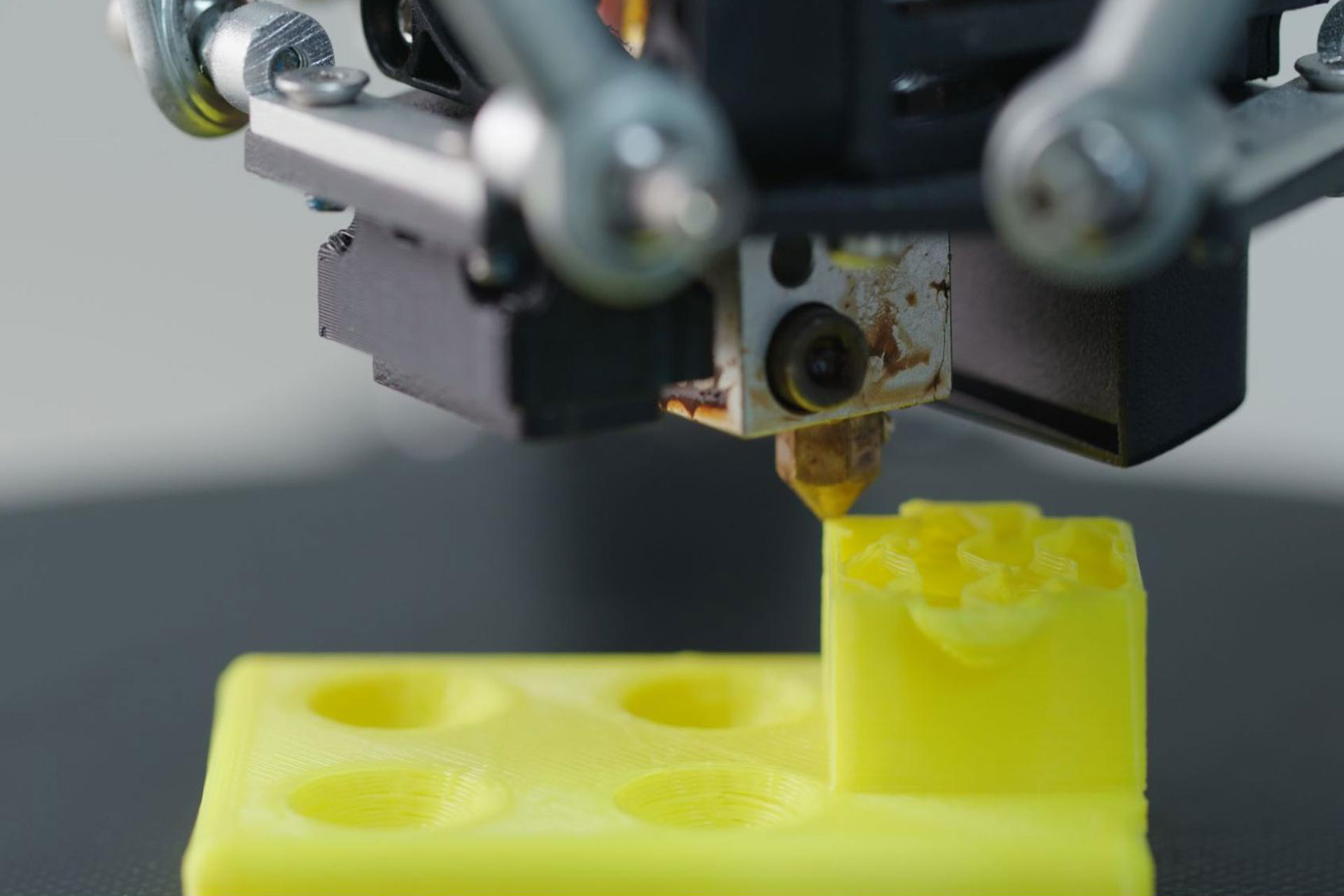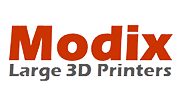10 Common Materials Used in 3D Printing

3D printing lets you manufacture parts even with the most intricate details that can be used in a wide range of applications. And what’s more is that 3D printing comes with remarkable benefits because you can prototype and manufacture these parts in a cost-effective way and at a lesser period of time with minimal errors.
However, alongside choosing the right 3D printer and applying the appropriate 3D printing methods, you also have to consider the kind of materials you will be using to produce quality results. This is because the materials you use contribute to the overall functional attributes, physical properties, as well as the mechanical properties of the manufactured parts, allowing you to get the most out of every project.
With that, here’s a guide on the common materials used in 3D printing:
1. ABS (Acrylonitrile Butadiene Styrene)
ABS or Acrylonitrile Butadiene Styrene is a thermoplastic filament that’s profoundly used by many industries since it is easy to operate and post-process. It is generally less brittle compared to PLA and is usually used for manufacturing parts that need attention to structure and detail. On top of that, ABS can handle high temperatures, is impact-resistant, lightweight, strong, and durable. But it is also worth noting that this 3D printing material has some drawbacks, which include:
- releasing unpleasant odors and emissions that can be toxic,
- having the tendency to shrink as it cools,
- cracking and delamination (a print defect that causes layers to split) due to internal tension during the cooling process.
2. PLA (Polylactic Acid)
Along with ABS, PLA or polylactic acid is one of the most common filaments used in 3D printing. And like ABS, PLA is also a thermoplastic, however, PLA is stiffer than ABS. It is easy to print, affordable, biodegradable, and is derived from biological resources such as corn starch or sugar cane.
Unlike other materials used for 3D printing, PLA exhibits low durability, heat, and impact resistance since it is brittle. It also has poor chemical resistance, so it’s more suitable for hobbyists and beginners in 3D printing.
3. PVA (Polyvinyl Alcohol)
PVA or polyvinyl alcohol is a soft, water-soluble, and biodegradable filament used in 3D printing. It is typically used as a support material for complex parts or objects, helping to prevent the parts from breaking or cracking. Although with its soft and biodegradable characteristics, it is not the most fitting material for creating parts.
Given PVA’s high water solubility, you do not need extra solutions or other materials as it lets you get the work done right away since it can totally be dissolved in warm water. On the other end, you will still have to watch out for some pitfalls as PVA tends to clog the nozzle. So as much as possible, avoid heating it without printing it.
4. Nylon
When it comes to versatility, nylon has got to be a viable material of choice for 3D printing. It is a synthetic polymer that’s composed of polyamides. Nylon is resistant to abrasions, greatly flexible, strong, and durable, making it ideal for 3D printing projects that require good elasticity and functionality, wear resistance, and mechanical strength.
However, like any other 3D printing material, nylon also has some issues, which is mainly due to its tendency to absorb moisture from its surroundings, leading the finished product to warp and incur structural defects. Fortunately, you can still keep nylon from absorbing moisture and creating structural compromises by storing it in an air-tight container when you’re not using it. You may also need a special extruder since the transition temperature of nylon is around 250°F.
5. HIPS (High Impact Polystyrene)
HIPS or high impact polystyrene is often used as a support material in 3D printing. Its characteristics are somehow similar to ABS, but HIPS is stronger and has higher impact resistance — hence its name. This 3D printing material is water-resistant, yet can still be dissolved in d-Limonene, helping to keep marks off of your prints caused by support removal.
HIPS is easy to print, can be painted, and can work with a lot of adhesives. Moreover, it is safe with food items, recyclable, non-toxic, and does not retain moisture. Even so, it comes with a downside since it releases fumes like ABS, which can cause headaches once it builds up in the air and can potentially be toxic as it enters your lungs. So when you’re printing using HIPS, it’s best to heat the printing bed to avoid it from sticking and make sure to print in a well-ventilated area.
6. PETG (Polyethylene Terephthalate Glycol)
PETG is a thermoplastic polyester that’s made of polyethylene terephthalate (PET), which is most commonly used in manufacturing plastic water bottles. It is widely used in 3D printing by various industries because it is food-safe, strong, resilient, flexible, and is temperature and impact resistant.
Then again, no 3D printing material is perfect. PETG can be very sticky, which can help with layer adhesion, but is not the best for bridging. It can also be prone to heavy stringing and absorption of air moisture. Overall, PETG is still a good 3D printing material option since it is easy to print.
7. TPU (Thermoplastic Polyurethane)
TPU or thermoplastic polyurethane stands out with its elastic-like rubber and durable-like plastic characteristics that can be used in a wide range of applications. It is a soft, flexible, yet durable 3D printing material that’s ideal for both beginners and pros. TPU also has other unique characteristics that other materials do not possess, like vibration dampening and a large variety of color and hardness options. Take note that TPU is a great option for projects that require both flexibility and durability.
8. Metal
It’s a no-brainer that plastic ultimately dominates this list of common materials used in 3D printing, but metal still makes the cut. In fact, metal is a great material to fabricate complex designs and parts that are hard to produce. Its tough characteristic makes it a good choice for 3D-printing large objects. The aerospace, automotive, and medical industries are some of the specific industries that utilize metal 3D printing.
Related: What is Metal 3D Printing? A Guide to Everything You Need to Know
9. Carbon Fiber
Carbon fiber is a composite material that’s usually mixed with other 3D printing materials such as ABS and PLA. It is used in a wide range of applications, but is especially used in many aerospace and automotive applications. Carbon fiber is characterized by its high stiffness, strength, high chemical and temperature resistance, as well as its low thermal expansion. Another thing that’s interesting about carbon fiber is that it is five-times stronger than steel, yet it is still very lightweight.
But of course, you can’t get away without it having a downside. Carbon fiber tends to make prints brittle and clog and scratch the nozzle. So if you’re going to 3D-print parts using carbon fiber, you have to choose a stronger nozzle to avoid clogging and scratching.
10. Polycarbonate
Polycarbonate or PC is high impact and heat resistant, and is popularly used in several 3D printing applications because of its lightweight and strong characteristics. It has a glass transition of nearly 150°C, which means it can hold its structural integrity up to that temperature. Thus, making it great even for high-temperature applications.
Polycarbonate is also flexible, so it can be used for 3D printing processes that may involve stress on the material. Although, keep in mind that PC is hygroscopic and may cause warping or layer separation. To avoid moisture from seeping in, opt to store it in an air-tight container when not in use.
Looking for quality 3D printing in the Philippines? Contact us today to know more about our products!


 3D Printing
3D Printing  CNC Lathe
CNC Lathe  Desktop Filament Making
Desktop Filament Making  3D Scanning
3D Scanning  CNC Milling
CNC Milling  Packaging & Labeling
Packaging & Labeling  Bandsaw Cutting
Bandsaw Cutting  CNC Router
CNC Router  Vacuum Forming
Vacuum Forming  CNC Industrial
CNC Industrial  CNC Surface Grinding
CNC Surface Grinding  Waterjet Cutter
Waterjet Cutter 















